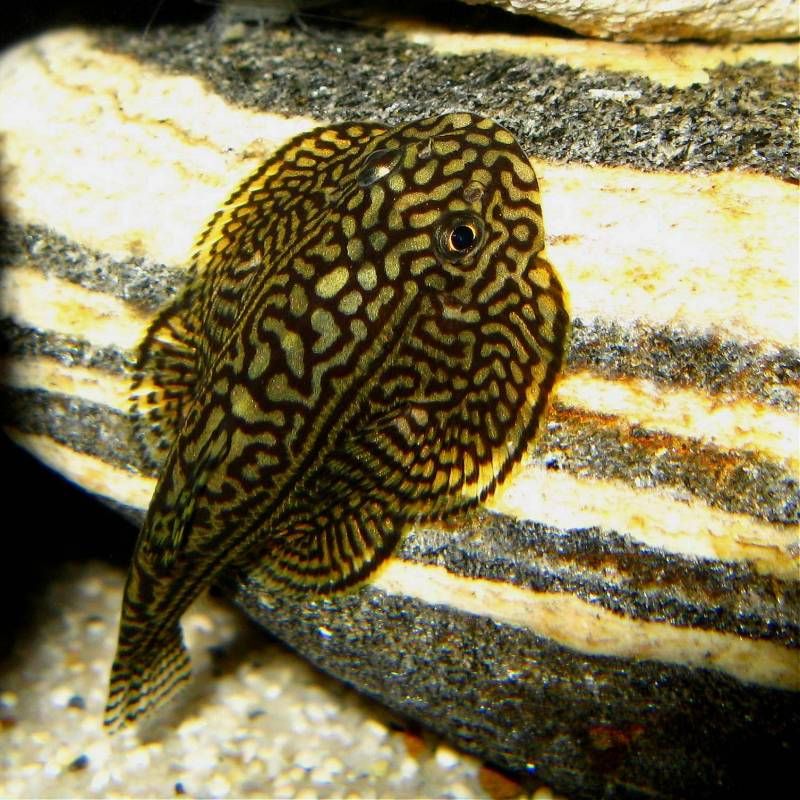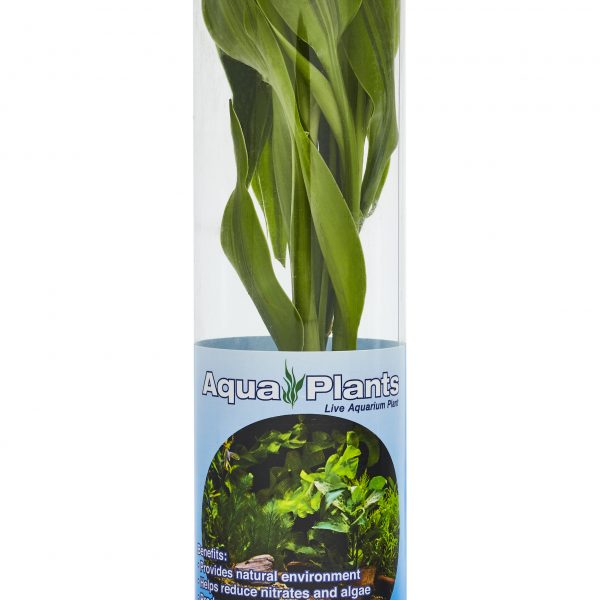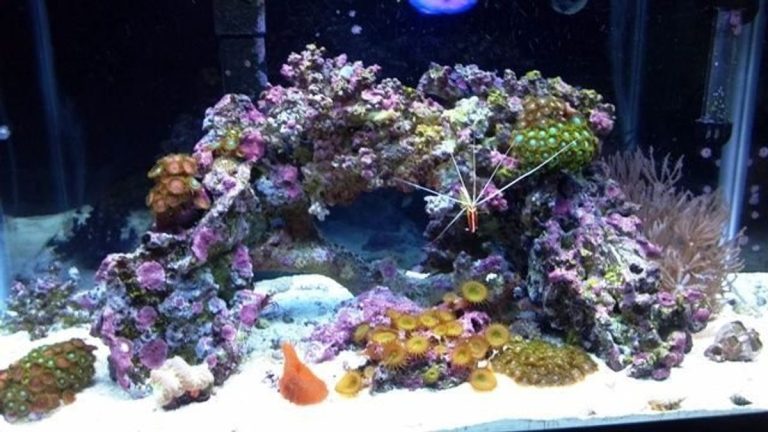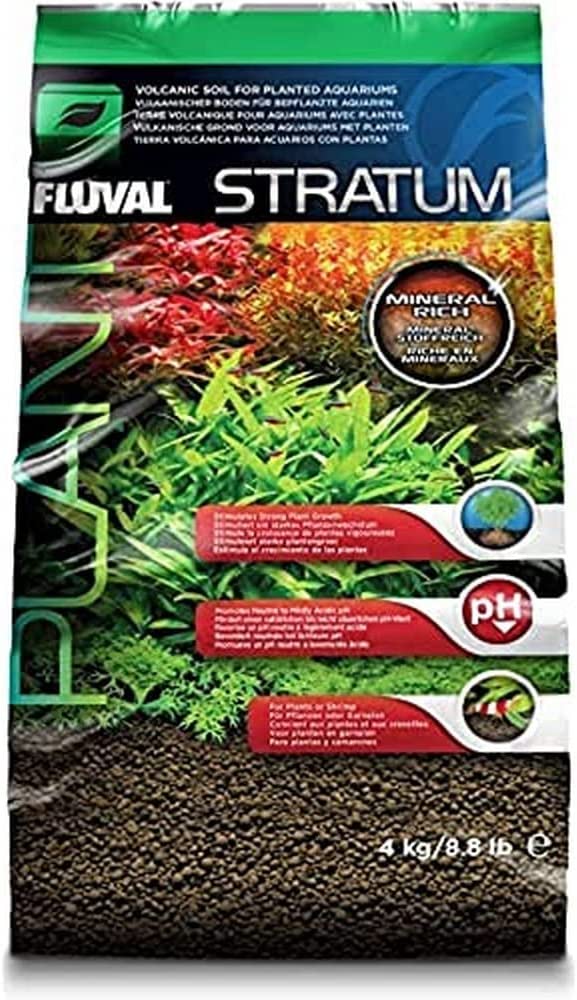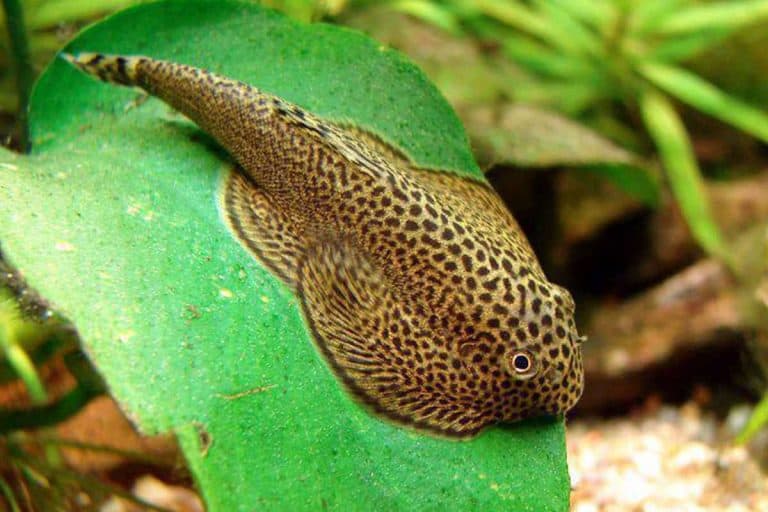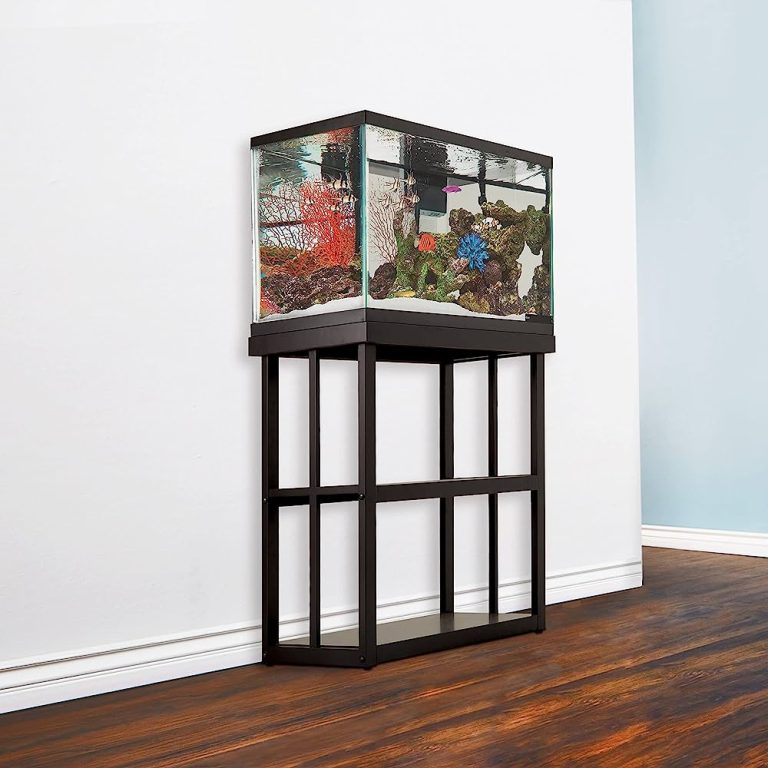Borneo Loach Care
Borneo Loach Care: Everything You Need to Know
If you’re a fan of unique and interesting fish species, the Borneo Loach may be just the fish for you. These small, colorful loaches are native to Borneo and are known for their vibrant colors and playful personalities. But before you bring home one of these delightful fish, it’s important to understand how to properly care for them. In this article, we’ll dive deep into the world of Borneo Loach care and provide you with all the information you need to ensure your new fish thrive in their new home.
Understanding the Borneo Loach
The Borneo Loach, also known as the Borneo Sucker Loach or Botia sidthimunki, is a small freshwater fish found in the rivers and streams of Borneo. These loaches are known for their bright yellow, orange, and black striped bodies, which make them stand out in any aquarium.
How do you care for a Borneo Loach?
Properly caring for a Borneo Loach involves providing them with a suitable environment, feeding them a balanced diet, and ensuring their overall health and well-being. Here’s a breakdown of each aspect of Borneo Loach care:
Tank Setup

– Tank Size: Borneo Loaches are active and social fish, so it’s important to provide them with a tank that gives them plenty of space to swim and explore. A tank size of at least 20 gallons is recommended for a small group of these loaches.
– Substrate: Borneo Loaches prefer a soft substrate, such as sand or fine gravel. Avoid using rough substrates that can damage their delicate barbels.
– Decorations: Provide plenty of hiding spots and caves for your loaches to retreat to. They appreciate driftwood, rocks, and live plants, which mimic their natural habitat.
Water Parameters
– Temperature: Borneo Loaches prefer a water temperature between 75°F and 82°F (24°C to 28°C). Use a reliable aquarium heater to maintain a stable temperature.
– pH Level: Aim for a pH level between 6.5 and 7.5 to replicate their natural environment.
– Water Hardness: Borneo Loaches prefer slightly soft water with a hardness level of 2 to 10 dGH.
Feeding
– Borneo Loaches are omnivorous and will eat a variety of foods. Offer them a balanced diet that includes high-quality pellets, frozen or live foods such as bloodworms or brine shrimp, and occasional vegetable matter.
– It’s important to provide a varied diet to ensure they receive all the necessary nutrients.
**Tank Mates**
– Borneo Loaches are peaceful fish and can be kept with a variety of tank mates. However, they may become aggressive towards other bottom-dwelling species or fish with similar body shapes. Choose tank mates carefully, and avoid keeping them with aggressive or territorial species.
Maintenance
– Regular water changes are vital to maintain good water quality and keep your Borneo Loaches healthy.
– Monitor the ammonia, nitrite, and nitrate levels in your tank using a reliable test kit. Ideally, ammonia and nitrite levels should be at 0 ppm, and nitrate levels should be kept below 20 ppm.
– Perform a 20-30% water change weekly to remove toxins and replenish essential minerals.
Breeding
– Breeding Borneo Loaches can be challenging in a home aquarium. They require specific conditions, such as cooler water temperatures and simulated rainy seasons, to trigger breeding behavior.
Common Health Issues
– Borneo Loaches are generally hardy fish, but they can be susceptible to ich, fin rot, and other common fish diseases. Maintain good water quality, provide a balanced diet, and be observant of any signs of illness in your fish.
Frequently Asked Questions
Q: How many Borneo Loaches should I keep in a tank?
Borneo Loaches are social fish that thrive in groups. It’s recommended to keep at least 4 to 6 loaches together to ensure they display their natural behavior and feel secure.
Q: Can Borneo Loaches jump out of the tank?
Yes, Borneo Loaches have been known to jump out of uncovered tanks. It’s advisable to have a securely fitted lid or cover on your aquarium to prevent any escape attempts.
Q: Do Borneo Loaches eat algae?
While Borneo Loaches may eat some algae, they are not effective algae eaters. To keep algae growth under control, it’s best to provide a well-balanced diet and use appropriate algae-control measures.
Final Thoughts
Caring for Borneo Loaches can be a rewarding experience for any fish enthusiast. With their vibrant colors, playful behavior, and relatively easy care requirements, these loaches make a wonderful addition to any community aquarium. By providing them with a suitable environment, a balanced diet, and regular maintenance, you can ensure your Borneo Loaches thrive and bring you joy for years to come. So, go ahead and dive into the world of Borneo Loach care – your fish will thank you!
